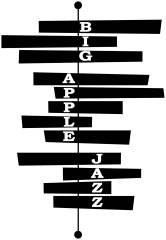New York City, NY
Oct 30th, 2025
From the Cotton Club to Carnegie Hall: Duke Ellington’s Rise to Royalty
From the Cotton Club to Carnegie Hall: Duke Ellington’s Rise to Royalty
Few musicians shaped jazz as deeply as Duke Ellington did. His name still echoes in every rhythm, every brass note, and every stage that embraces jazz.
From his early days in Washington, D.C,. to his legendary performances in New York City, Ellington’s journey displays creativity, leadership, and unmatched musical genius.
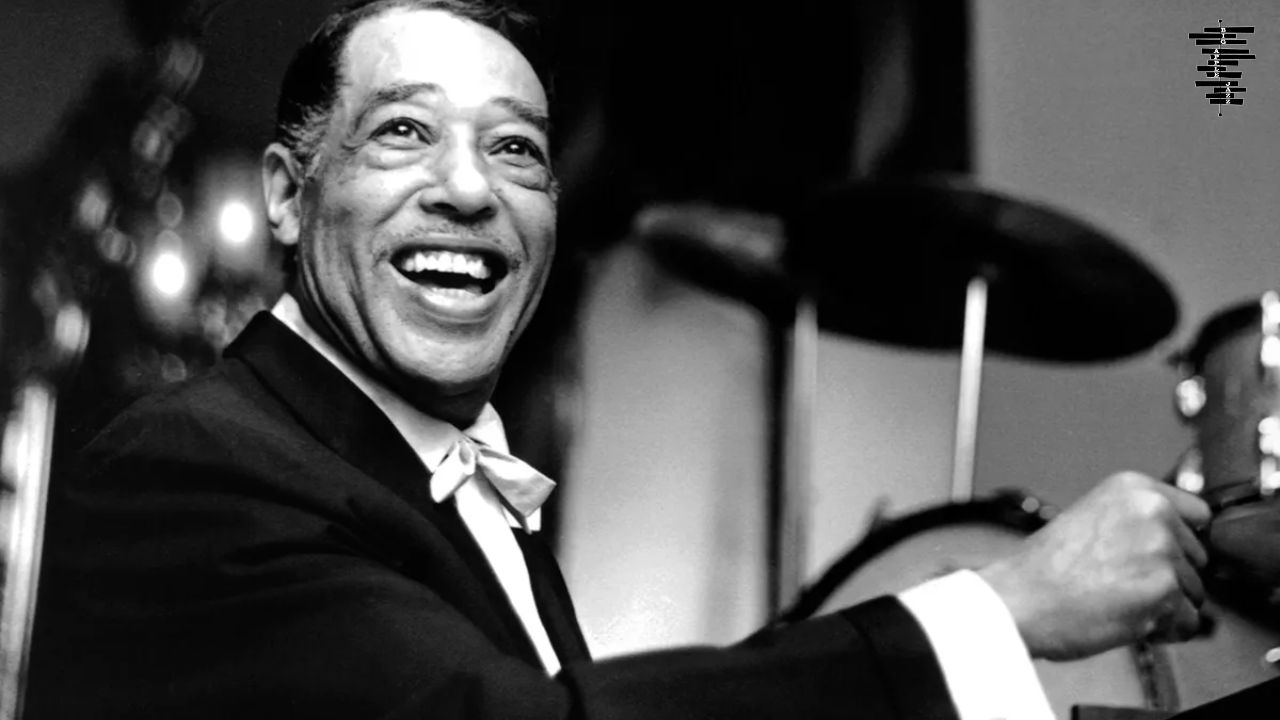
Image credits: Radio France
Early Years: The Making of a Musical Visionary
Born in 1899 (birth name being Edward Kennedy Ellington), Duke grew up surrounded by art and refinement. His parents encouraged music from an early age, teaching him the value of elegance, a trait that became his trademark.
He started piano lessons at seven, though his passion for baseball often took over. But the lure of melody soon won. By his teenage years, he began composing small tunes, performing them in local cafés and clubs. Each note he played hinted at the greatness that was to come.
By the time he was twenty, Ellington led his own small band. The band played in D.C. dance halls, blending ragtime with new jazz elements. His leadership stood out, being smooth, confident, and charismatic. All in all, the era of Duke Ellington in New York had etched itself into jazz history.
The Harlem Renaissance and the Cotton Club Era
The 1920s brought Duke Ellington to Harlem, the heart of Black artistic expression. It was a time of bold creativity, and Harlem was the stage for change.
Duke Ellington’s orchestra soon landed a regular spot at the Cotton Club (1923–1940), a glamorous nightclub known for its extravagant shows and segregated audience. Though Black performers played for white patrons, the club became a launchpad for African-American music.
Night after night, Ellington’s orchestra stunned audiences with their precision and depth. The Cotton Club’s live radio broadcasts sent their sound across America. Suddenly, Duke Ellington was no longer just a Harlem favorite, he was a national sensation. Duke Ellington’s Cotton Club performances were iconic.
Some of his iconic pieces from this era include:
- “Mood Indigo,” a haunting masterpiece of tone and emotion.
- “Creole Love Call,” featuring haunting wordless vocals that captivated listeners.
- “Black and Tan Fantasy,” a daring mix of classical and blues influences.
Ellington’s music reflected the complexity of Black identity and experience, offering both sophistication and soul.
Building the Ellington Orchestra
Unlike many bandleaders, Ellington treated his orchestra as a single creative entity. Each musician mattered. Each had a unique tone and style.
He didn’t just write notes, he wrote personalities into his scores. Johnny Hodges’ silky saxophone, Cootie Williams’ growling trumpet, and Harry Carney’s deep baritone sax formed the heart of the band’s sound.
This approach created an unmistakable style known as the “Ellington Effect.” It wasn’t about one solo or one melody. It was about the way instruments worked together to create musical pieces.
The orchestra became a family, touring across America and beyond. Their sound evolved constantly, yet always carried the distinct Ellington mark: class, complexity, and emotion.
Innovation Beyond Jazz: Expanding Musical Horizons
Ellington never stayed within boundaries. He believed jazz was more than entertainment: it was an art form equal to any symphony.
In the 1930s and 1940s, he began composing extended pieces, something few jazz artists dared to do. Works like “Black, Brown, and Beige” and “Such Sweet Thunder” broke traditions. They told stories about African-American history, Shakespearean characters, and the human spirit.
At a time when jazz was often dismissed as nightclub music, Ellington elevated it to the concert hall. His performances at Carnegie Hall proved that jazz could hold its own beside classical music.
He once said, “Jazz is freedom.” And through his compositions, he expanded that freedom, bridging genres and generations.
The Carnegie Hall Concert: A Defining Moment
In 1943, Duke Ellington made history at Carnegie Hall. The night marked a turning point, not just for him, but for jazz itself.
He premiered “Black, Brown, and Beige,” a sweeping suite that traced the journey of African-Americans through history. The performance combined jazz, gospel, and classical structure in ways never heard before.
Though critics were divided, the concert’s impact was immense. It signaled jazz’s arrival on the world’s most respected stage. Ellington had brought Harlem’s rhythm to Carnegie Hall’s grandeur.
Ellington’s Collaborations and Timeless Compositions
Ellington’s genius thrived on collaboration. His partnership with Billy Strayhorn, a brilliant composer and arranger, became one of music’s greatest alliances.
Together, they crafted masterpieces like:
- “Take the ‘A’ Train,” the band’s signature tune and a symbol of Harlem life.
- “Satin Doll,” a blend of swing and elegance that still charms today.
- “Chelsea Bridge,” a lush, poetic exploration of mood and harmony.
Strayhorn’s refined touch complemented Ellington’s bold vision. Their partnership lasted decades and defined an era of sophistication in jazz.
A Global Ambassador of Jazz
By the 1950s and 1960s, Ellington’s fame reached across continents. His orchestra toured Europe, Asia, and the Middle East, performing for royalty, diplomats, and everyday fans.
These tours weren’t just concerts, they were cultural exchanges. Ellington’s music spoke of dignity, unity, and artistic excellence. He became America’s musical ambassador, representing not just jazz but the creative power of diversity.
Everywhere he played, he carried Harlem’s spirit with him.
Later Years and Lasting Influence
Even as new music trends emerged, Ellington stayed relevant. He experimented with sacred concerts, world rhythms, and collaborations with modern artists. His passion never faded.
When asked about retirement, he famously said, “We don’t retire. We just stop when the music stops.”
Duke Ellington kept composing until his final years. When he passed away in 1974, the world mourned a true monarch of music.
Today, his legacy lives on through countless artists inspired by his vision, including Miles Davis, Charles Mingus, Wynton Marsalis, and many others. Every jazz standard played in a smoky bar or grand hall carries a trace of his influence.
Ellington’s Enduring Legacy
Duke Ellington wasn’t just a musician. He was a composer, a leader, and a storyteller of his people. His music crossed racial and cultural lines, speaking to the soul of humanity.
His rise, right from the Cotton Club’s segregated stage to the prestige of Carnegie Hall, mirrors America’s own journey toward recognition of Black artistry.
His story reminds us that true greatness comes from vision, discipline, and heart. Ellington’s crown was not given. Rather, it was earned through relentless creativity.
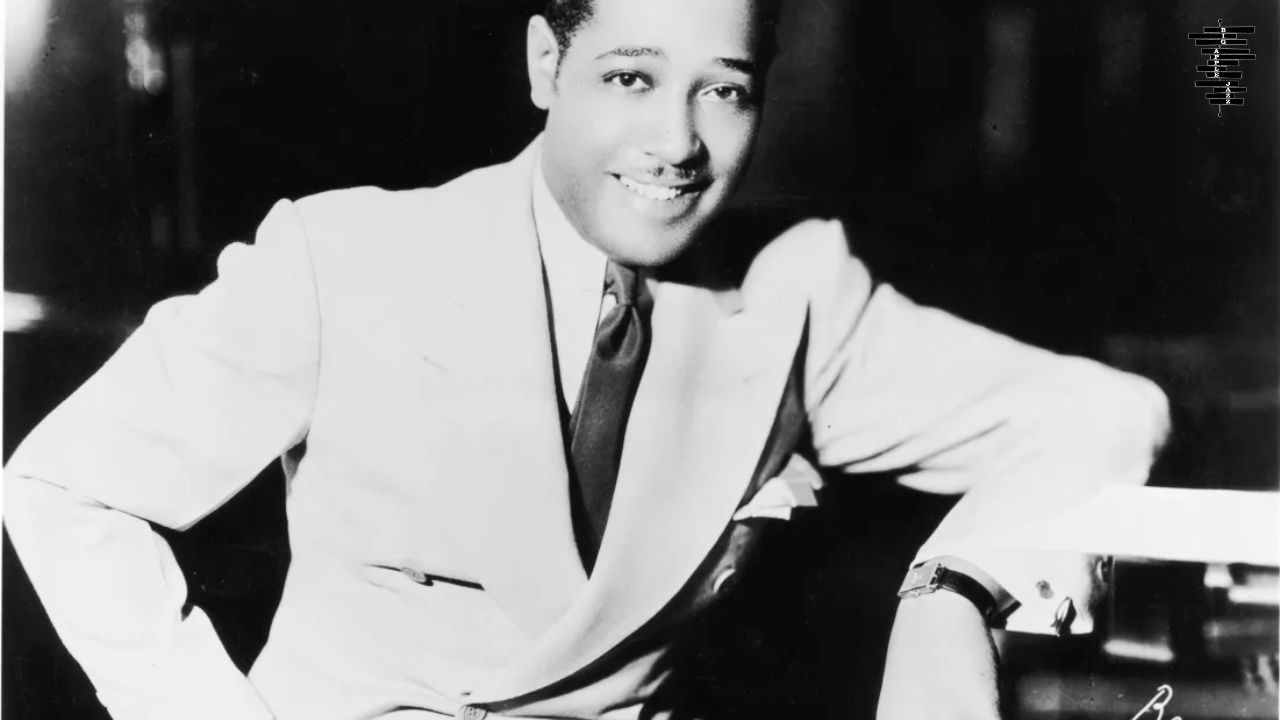
Image credits: Chicago Tribune
Key Takeaways from Duke Ellington’s Journey
- He transformed jazz into a respected art form.
- His orchestra became a model for musical collaboration.
- His compositions blended jazz, classical, and blues seamlessly.
- His legacy continues to shape modern jazz and beyond.
Final Thoughts
Duke Ellington’s rise to musical royalty remains one of history’s most inspiring journeys. From the smoke-filled nights at the Cotton Club to the shining stage of Carnegie Hall, he redefined what jazz could be.
He left behind a timeless lesson stating that music is not bound by walls or labels. It grows, evolves, and inspires. Through every note, Duke Ellington taught the world how elegance and soul could coexist in perfect harmony.
Jazz is one of the top musical genres enjoyed by music lovers across the world. Being the “World Capital of Jazz,” NYC is home to numerous jazz clubs. Explore top jazz spots (including Harlem Jazz Clubs) at your own pace through a private jazz tour today. Opt for a renowned tour operator, like Big Apple Jazz, for an unforgettable experience that extends much beyond jazz.
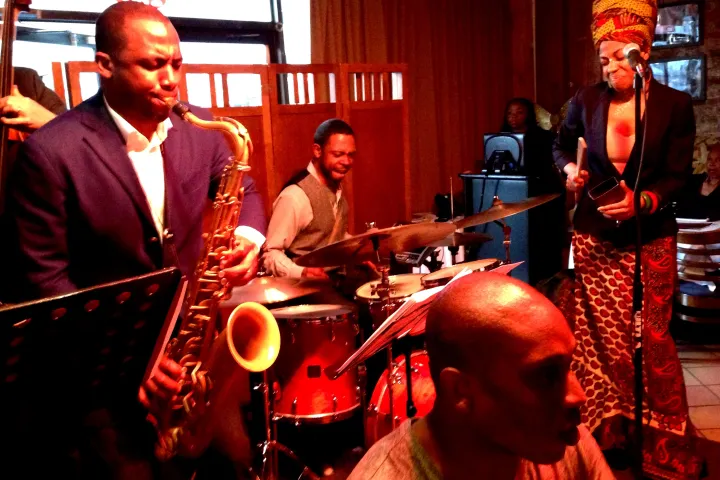
Harlem Juke Joint Tour
Your Harlem jazz tour guide customizes the best itinerary for each given night, based on the most talented players in Harlem’s most exciting jazz clubs.
185 Reviews

Harlem Juke Joint Tour
Your Harlem jazz tour guide customizes the best itinerary for each given night, based on the most talented players in Harlem’s most exciting jazz clubs.
185 Reviews
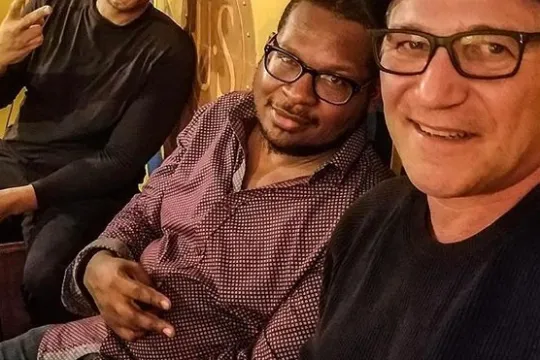
Private Tour
We’ll design your private jazz tour based on your tastes and our extensive knowledge of musicians, clubs and speakeasies throughout the city. We know what is happening nightly on and off-the-beaten-path.
185 Reviews

Private Tour
We’ll design your private jazz tour based on your tastes and our extensive knowledge of musicians, clubs and speakeasies throughout the city. We know what is happening nightly on and off-the-beaten-path.
185 Reviews
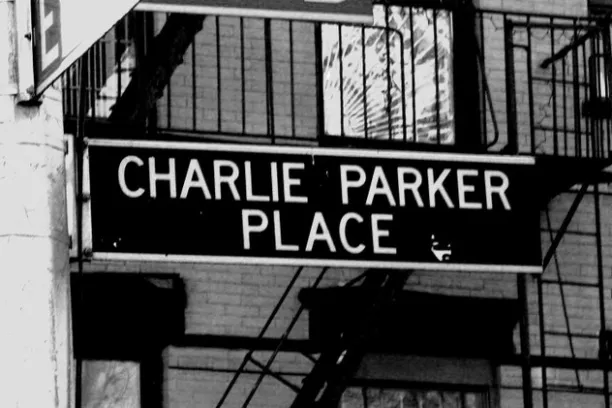
Greenwich Village Jazz Crawl
Intimate Greenwich Village Jazz Tour to discover and explore two hidden jazz haunts and the sites where Billie Holiday, Charlie Parker, and Bob Dylan made history.
185 Reviews

Greenwich Village Jazz Crawl
Intimate Greenwich Village Jazz Tour to discover and explore two hidden jazz haunts and the sites where Billie Holiday, Charlie Parker, and Bob Dylan made history.
185 Reviews
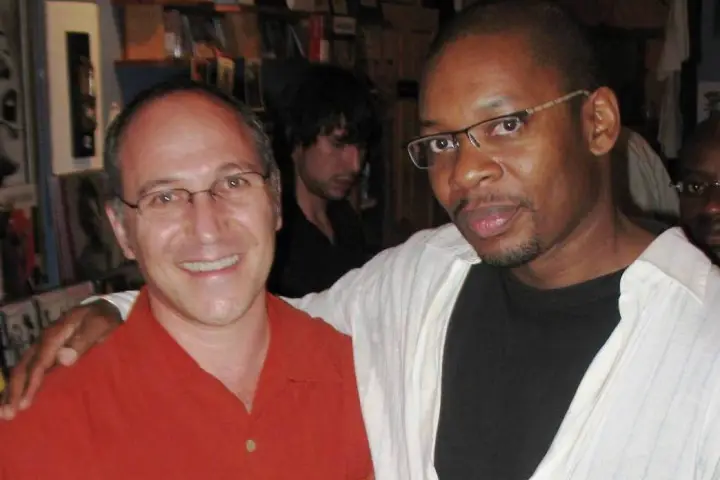
Legends of Jazz Tour
This is our premium tour! It features jazz’s international superstars, and also rising stars who deserve wider recognition.
185 Reviews

Legends of Jazz Tour
This is our premium tour! It features jazz’s international superstars, and also rising stars who deserve wider recognition.
185 Reviews

Gordon Polatnick
Gordon is the founder of Big Apple Jazz Tours. What started as a personal challenge to discover and document all of New York’s hundreds of jazz joints and to establish Harlem’s first jazz day club, has now blossomed…
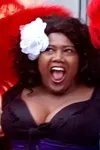
Amanda Humes
There’s no one in New York City like Amanda! Equal parts sass, smarts, and customer service – Amanda is the Harlem resident, Columbia University graduate, and…
